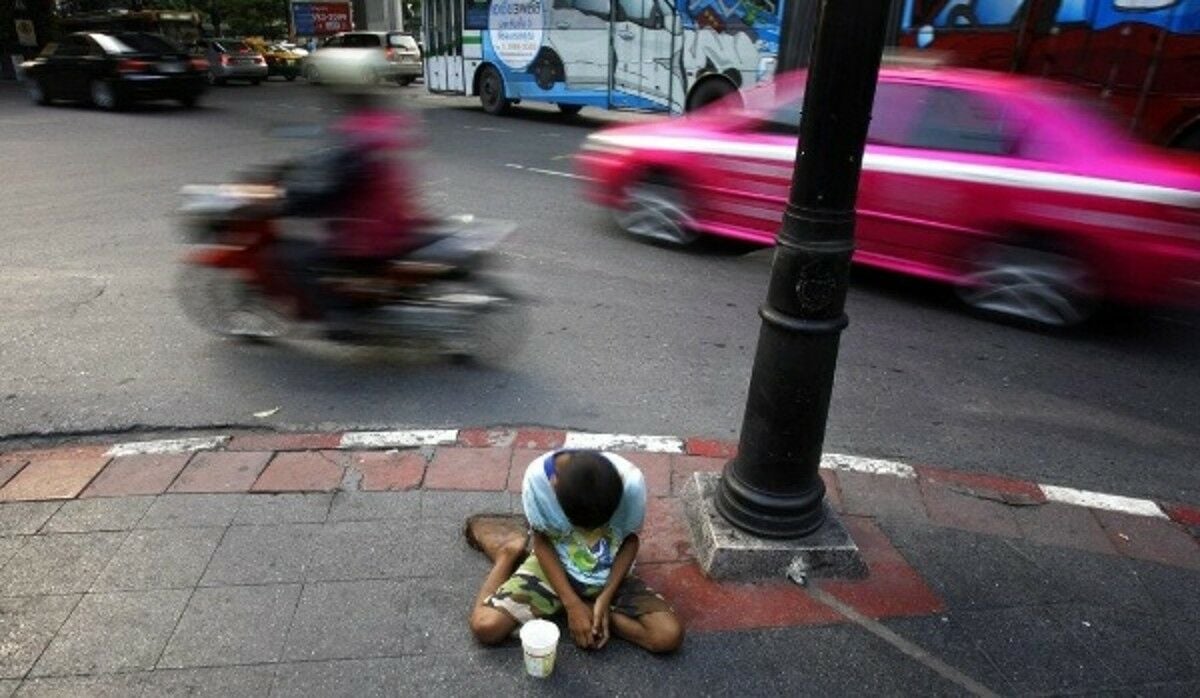Thailand halves poverty in seven years despite ongoing challenges

Thailand has achieved a significant milestone in its battle against poverty, reducing the number of people living in poverty by half in just seven years, according to the 2024 Global Multidimensional Poverty Index (MPI).
Despite this impressive progress, many Thai citizens endure inadequate living conditions, particularly in rural areas, where access to essential services such as healthcare, education, and sanitation remains limited.
The 2024 MPI, compiled by the United Nations Development Programme (UNDP) and Oxford Poverty and Human Development Institute (OPHI), offers a comprehensive view of global poverty through various dimensions beyond mere financial income. It evaluates factors such as nutrition, child mortality, school attendance, and access to education, healthcare, adequate housing, sanitation, safe drinking water, and electricity.
Globally, the MPI analysis reveals that approximately 1.1 billion people out of 6.3 billion live in acute multidimensional poverty across 112 countries. Thailand’s progress stands out, having reduced the number of individuals living in multidimensional poverty from 909,000 in 2012 to 416,000 in 2019. By 2022, this number had further decreased to 352,000, showcasing the country’s commitment to tackling poverty.
The report attributes this success to the Thai government’s initiatives aimed at enhancing access to basic housing, nutrition, and education.
Within Southeast Asia, Thailand emerges as the best-performing country in the 2024 MPI, attaining a score of 0.0002. Following Thailand are Vietnam (0.008), Indonesia (0.014), the Philippines (0.016), Cambodia (0.070), Laos (0.108), and Myanmar (0.176). This achievement underscores Thailand’s dedication to improving the living standards of its citizens.
However, the 2024 MPI also highlights a disparity. The rate of multidimensional poverty in Thailand is approximately 0.5% higher than the rate of monetary poverty. This discrepancy indicates that while some individuals may live above the poverty line, they still lack access to fundamental necessities such as education, healthcare, nutrition, and housing.
Danucha Pichayanan, Secretary-General of the National Economic and Social Development Council, identified Narathiwat, Surin, Mae Hong Son, Uthai Thani, and Pattani as the regions with the highest rates of multidimensional poverty in Thailand last year, reported Bangkok Post.
These findings illustrate the challenges that persist, emphasizing the need for continued efforts to ensure that all citizens have access to essential services and improved living conditions.
What Other Media Are Saying
- UNDP highlights the 2023 Multidimensional Poverty Index showing 1.1 billion people face poverty beyond income, stressing holistic approaches are essential for sustainable development and effective poverty eradication strategies globally. (read more)
- BKK Tribune highlights the UNDP’s report on Thailand’s human development, revealing progress amidst rising inequality and political polarization, urging collective action for climate and social issues to ensure sustainable development. (read more)
Frequently Asked Questions
Here are some common questions asked about this news.
Why does Thailand have a higher rate of multidimensional poverty compared to monetary poverty?
Multidimensional poverty considers non-financial factors like education and healthcare, highlighting disparities even when income levels rise.
How has Thailand managed to significantly reduce multidimensional poverty over the past decade?
Thailand’s targeted government initiatives improved access to housing, nutrition, and education, driving substantial poverty reduction.
What if Thailand fully addresses the disparities in rural access to essential services?
Bridging this gap could further lower multidimensional poverty, enhancing overall living standards and economic resilience.
How does Thailand’s performance in the MPI compare to its Southeast Asian neighbours?
Thailand leads the region with the lowest MPI score, surpassing countries like Vietnam and Indonesia in reducing multidimensional poverty.
Why are certain regions like Narathiwat and Mae Hong Son facing higher multidimensional poverty rates in Thailand?
These regions may lack infrastructure and resources, necessitating focused development efforts to improve living conditions.
Latest Thailand News
Follow The Thaiger on Google News:


























